Gorgeously gilded and velvety, the Acacia acinacea is a fast-growing, medium to large shrub native to Australia. Also known as the Gold Dust Wattle, Round-Leaf Wattle or Wreath Wattle, this shrub is endemic to the South Eastern parts of Australia and is a tough pioneer plant and an aggressive grower.
Acacia Gold Dust Wattle is also known to be short-lived and can grow dangerous thorns. However, it can also enchant with its golden ball flowers during spring and its magnificent aroma.
They naturally grow pretty well in most soil types and don't require much upkeep, which means they are an excellent option for your home garden. Let's take a look at how to grow the Acacia acinacea, as well as a few care tips.
More...
What is Acacia Gold Dust Wattle?
Genus: Acacia
Species: A. acinacea
Family: Fabaceae
Common Names: Wreath Wattle, Gold Dust Wattle or Round-leaf WattleFlower
Colour: Yellow
Foliage Colour: Green
Growth Habit: Shrub to 2m
Flowering: Late Autumn to Spring
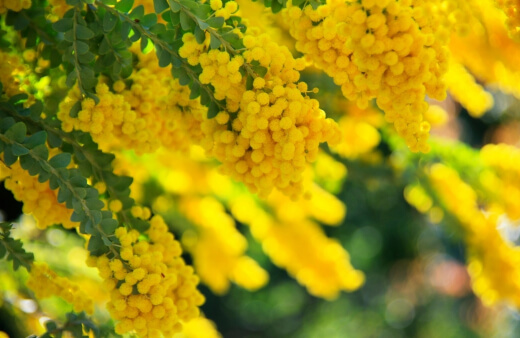
This Acacia species has a lifespan of around 15 years, give or take a few, and is known to be relatively drought and frost hardy. They grow between 1 to 3 meters high and between 1 to 2 meters wide.
One of the significant assets that the Gold Dust Wattle has is that it can be grown in many different kinds of soil, often in places where other Australian natives struggle.
They can help rejuvenate the soil they grow in, specifically regarding the soil's nitrogen content. The only soil that it will struggle to grow in is salty, or saline soils, which generally occur near the coast.
If you live a little inland, there should be no problems. When viewed close up, you can see each flower, but when looked at from afar, the Acacia acinacea forms a sea of yellow, which is stunning and captivating.
They are an excellent choice if you want a solid yellow colour to work within your garden, along with other flower colours you may have.
How to Grow Acacia acinacea
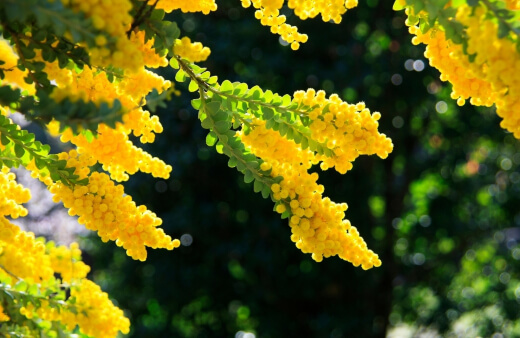
There are a few key components to be aware of when looking at planting this variety of acinacea. These are general growing and living conditions that the plant thrives in, so ensuring you can meet these, for the most part, will allow you to go into your grow with confidence and some good know-how.
These conditions include:
- Mostly full sun with light shade
- Dry, well-draining, fertile soil which can be sandy, clayey, loamy, or poor
- Occasional watering roughly once per week until matured and then only every three to four weeks during the hotter months
- Light pruning occasionally to remove damaged and dead branches
Fortunately, Acacia acinacea is quite resistant to frost and can tolerate many different climate zones.
Propagating & Planting Your Round-Leaf Wattle
This can be done using the seed method as well as by using the cuttings. Should you decide to use the cuttings method, use a semi-hard woodcutting of about 14cm, you prune off.
With a sharp knife, remove the lowest leaves and submerge the end into some rooting hormone. Place the cutting around the edge of a pot that is filled with good compost and water sufficiently.


Get Your Free Guide:
Master Growing Australian Natives eBook
A Must Have Complete Guide for Every Australian Garden
Get Your Free Guide:
Master Growing Australian Natives eBook
A Must Have Complete Guide for Every Australian Garden
Your cutting should remain moist until rooted and should be placed under a cover, such as glass or a plant container in partial shade.
When ready, plant your cutting in a sunny yet sheltered location in well-draining soil. We recommend planting during early spring to early summer. Expect flowering from mid-winter to mid-summer.
Acacia acinacea Care Tips
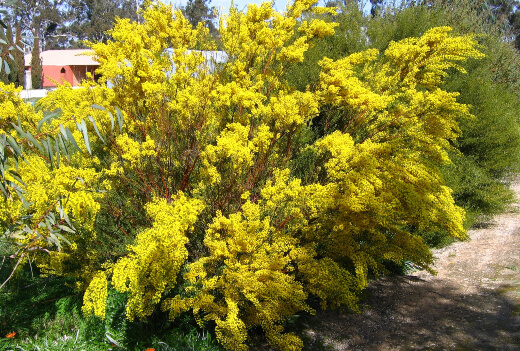
Source: Nativeshop.com.au
As we mentioned earlier, these hardy plants do not require much maintenance and upkeep. They are also not synonymous with having major pest or disease issues.
However, you can follow a few simple care tips to ensure a healthy, successful growth.
These include:
- Watering the plant roughly once per week. Perhaps a little more in very hot conditions
- Using fertile, well-draining soil
- Pruning the dead branches off when you notice them (Here is our review on the best secateurs available in Australia.)
- Using mulch on the soil is also an option to prevent rainwater from drowning the soil
- Ensuring the Gold Dust Wattle gets enough sunlight
- Using a high-quality compost
Acacia acinacea Frequently Asked Questions
Are Gold Dust Wattle thorns poisonous?
Not to humans. They can be particularly dangerous to sheep and cattle. The wattle flowers can also be toxic to a few species of animals and insects.
Can you eat golden wattle?
The gum that oozes from incisions can be edible. However, there hasn't been enough research done, so perhaps avoid trying it.
For more Acacia growing guides, check out our list below:
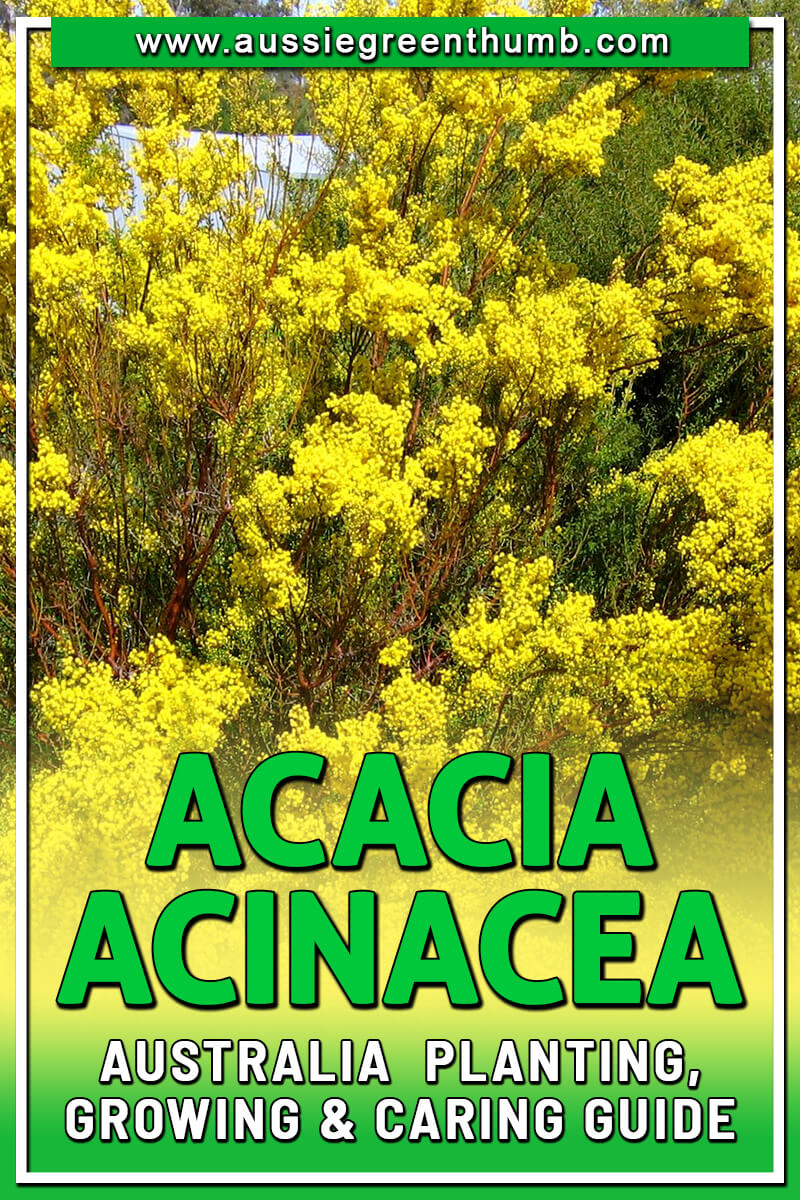
Concluding Our Acacia acinacea Guide
Easy and fast to grow, presenting a gorgeous gold array of flowers and not requiring much maintenance, these plants are a brilliant option for those looking at adding some colour to their gardens without a lot of hassle.
No matter how fast growing a plant is, it needs sufficient water. If you notice your soil is not absorbing enough water, be sure to check our guide on hydrophobic soil.
With practical uses as a screen, small hedge or wind-breaker, the Round Leaf Wattle is sure to be a favourite for new and expert gardeners alike.
Published on August 14, 2021 by Nathan Schwartz
Last Updated on January 17, 2025

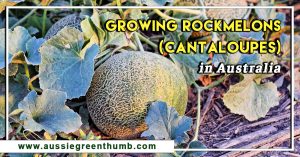
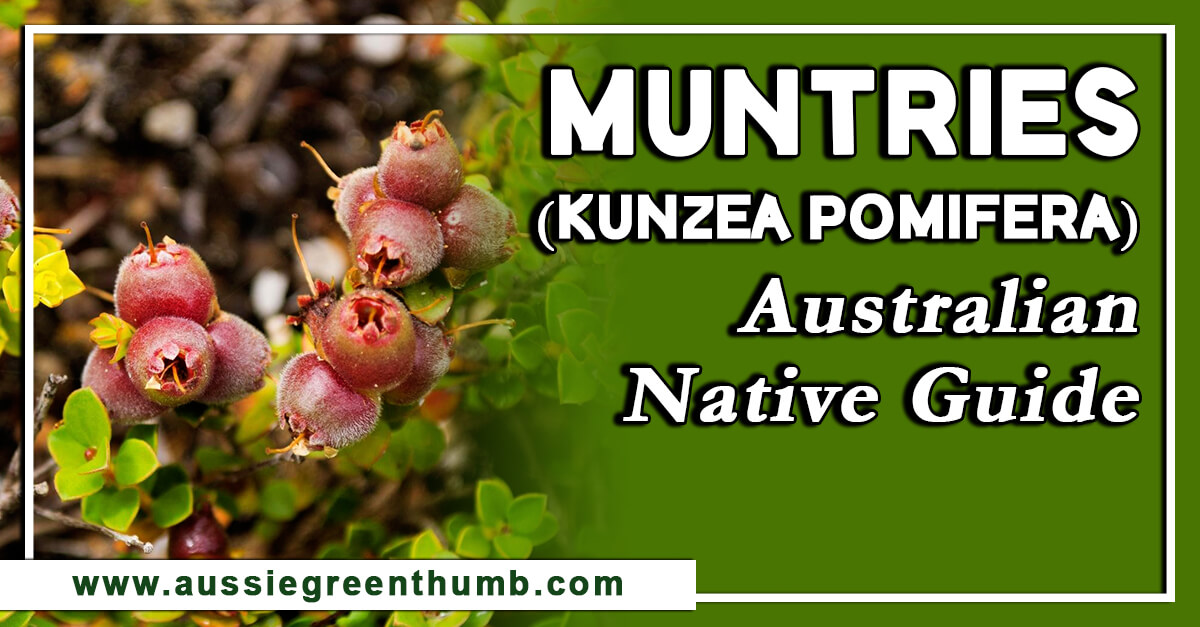
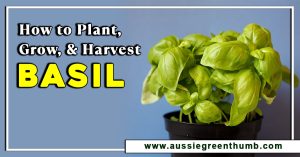

Hi Gary
Do you know of any Tasmanian nurseries, preferably near Hobart, that would stock Acacia Acinacea and/or Pimelea Spectabilis?
Also would the poisonous round Acinacea leaves and spikes deter Wallabies?
Many Thanks
Maggie
Hi Maggie,
Thank you for your questions!
We’ve had a look around and found a few options for getting acacia acinaceas and pimelea spectabilis for your garden. Some are close to Hobart, and others will ship to you, so you have a few options:
•The Native Shop
•Australian Seed
•ERA Nurseries
•Habitat Plants
Greenhill Nursery may also be able to assist you, although we didn’t see acacia acinacea or pimelea spectabilis on their online stock list.
As for the wallabies, we have some good news for you! Generally, they don’t enjoy the leaves of acacia or pimelea plants, and tend to leave them alone – especially if something tastier is nearby.
They also avoid banksias, hakeas, leptospermum, veronica, poa, westringia, dianella d. tasmanica, and grevillea. The most wallaby-resistant acacias include midlands wattle, sunshine wattle, and mountain cascade, although acacia acinaceas are not too high on their list of preferences.
I hope that answers your questions!
The AGT Team